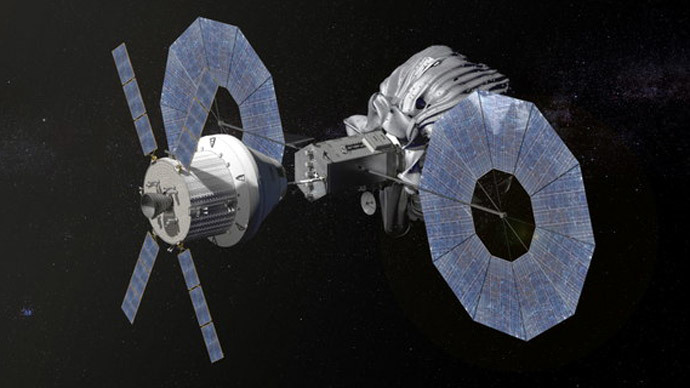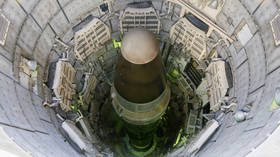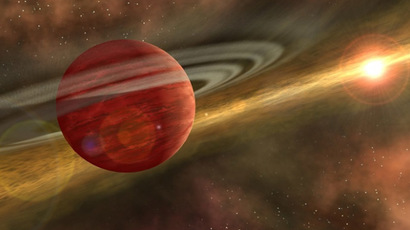NASA takes major step in hunt for asteroids

NASA’s mission to reel in an asteroid took an important step forward when the agency recently established a new “rapid response system” intended to pinpoint the most eligible targets for capture.
By setting up this new screening process, NASA is hoping to narrow down the list of possible capture targets. Ultimately, the goal is to bring an asteroid into a stable lunar orbit so it would become a suitable landing destination for an astronaut.
According to the American space agency, the project would also permit scientists to experiment with various methods that could theoretically divert hazardous objects away from the Earth. This goal has become particularly important ever since a meteorite broke up over Chelyabinsk, Russia, and injured more than 1,500 people.
The first step, however, is both simple and difficult at the same time: choosing the right asteroid to capture. According to Space.com, this process is particularly hard considering that many asteroids are simply too big to consider moving for a project such as this, while the unstable orbits of other rocks also makes them poor choices.
As noted by NASA’s Paul Chodas, a senior scientist in the Near-Earth Object Program office in California, the ideal asteroid size is somewhere below 40 feet across. Even then, the sheer quantity of space rocks in this category presents a problem.

"There are hundreds of millions of objects out there in this size range, but they are small and don't reflect a lot of sunlight, so they can be hard to spot," Chodas said in a statement to Space.com. "The best time to discover them is when they are brightest, when they are close to Earth."
Under the new screening system, the agency mines a large library of near-Earth objects until it finds a potential candidate. Once a target is found, scientists take to their powerful telescopes in order to gather more data on the rock – a process that needs to be finished quickly, since asteroids typically move out of a telescope’s sight within a couple of days.
"If an asteroid looks as if it could meet the criteria of size and orbit, our automated system sends us an email with the subject 'New ARM Candidate,' " Chodas added. "When that happens, and it has happened several dozen times since we implemented the system in March of 2013, I know we'll have a busy day."
So far, NASA has only been able to identify two targets a year as potential candidates, but the agency is hoping to up that number to four or more.
As RT reported in January, NASA revived its near-Earth asteroid-detection program in 2013, and the project made its first discovery this year when it discovered a “potentially hazardous” object heading in Earth’s direction. The asteroid is expected to miss Earth by 300,000 miles, or roughly the distance of the moon.
As for the manned asteroid program, NASA began testing out new spacesuits in December that allow for increased mobility. The new suits are intended for use not just in asteroid landings, but also future moon and Mars missions.














